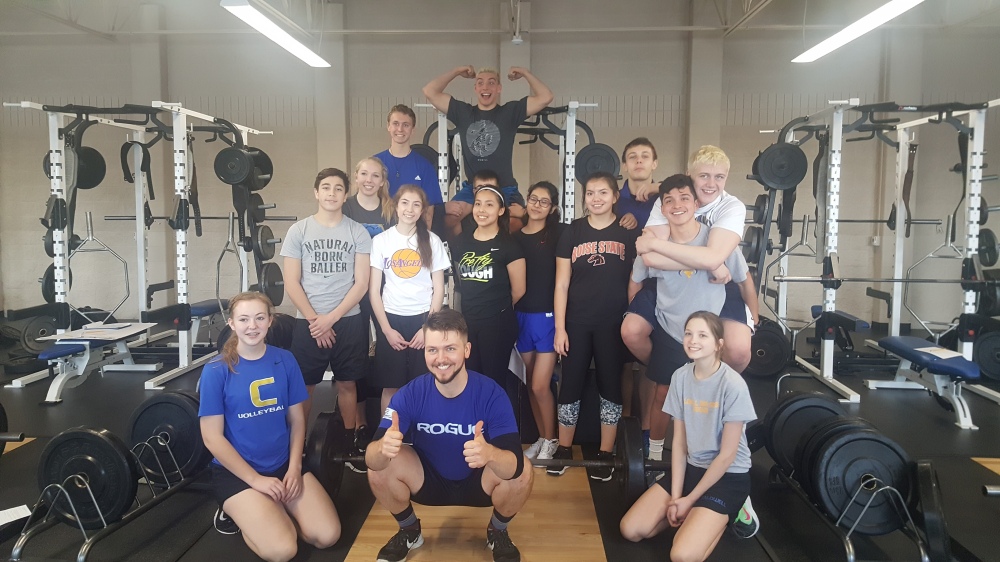The Caldwell High football team has not had a season at or above 0.500 since 2005, with a combined record of 22-77 over the past 11 seasons (“Idaho…”). Caldwell School District spends $5,967 per-pupil each year and 35% of graduates go on to continue their education (Idaho Ed Trends). Caldwell High has a 63.2% free and reduced price percentage.
To seek causation between these factors is a statistic mess, to be frank. Though within the numbers, reporting and policies lie students, stories and character. These are anecdotes that I am happy to share.

Imagine the morning of June 7 at 9 AM, on the practice field of CHS. Blades of grass are drifting through the air, ripped up by the cleats of players flipping tires in preparation for a combine in Boise, Idaho. The goal is to flip the object 220 yards as quickly as possible. Players must use the technique that has just been learned… to deadlift the tire, drive hips beneath, extend arms and hips rapidly then direct the tire onto the “flipside.” The tire far outsizes the two sinewy young men coordinating their power to drive toward their objective.
Football in Caldwell has faced difficult years, with a win percentage of 22% over the past decade. The head coach has just resigned along with much of the former staff. Players are left without the comfort of structure that has driven the program for the past 7 years. Culture must be cultivated from the organic remnants of the program past, tended by those with determination and dedication.
They need to reach the landmark as quickly as possible but have struggled to maintain a path due to the irregular nature of the task. The boys are backed by their teammates, long finished with their task of flipping lighter loads. “Dig your feet in, generate power, drive forward!” These actions are more than ripping rubber. The only incentive is to journey toward an end to the chants of teammates, to reach the destination established only minutes before. Relationships are forged, fibers are torn and technique is practiced. The movements are precise and powerful, “far beneath the level of philosophy and knee-deep in the weeds.” This is the wheelhouse of a Caldwell kid.
Revisiting the data presented, Caldwell High faces a win percentage of 22% versus the state average of 50%. Students receive $5,967 each during a school year versus the national average of $11,841 (Why America’s…). Kids that qualify for free- and reduced price lunch sits atop the state at 63.2%, compared with the less than 18% rate at Boise, Timberline, Rocky Mountain and Eagle High (“Idaho…”).
On the field, the numbers fade and character emerges. The journey endured from home to field varies, eliciting the question of how much work has been performed to reach this moment. Data suggests that Caldwell students have eaten more “free lunches,” gleaned fewer funds and are less likely to win than their peers of more affluent areas. Beyond the data lies ripped grass, blistered hands and cheers of competition.
Reaching the final decision of who runs onto the field Friday night is complex. Drills decomposed, charts changed and traits tested determine the fate of each player. When it comes to gametime… metrics suggest that struggling schools do not have as many resources as the competition, making competitive equity difficult to maintain. Regarding character, does the growth experienced matter more than the metrics of victory?
“You bet.”

Idaho Ed Trends. (2017). “Caldwell High – Caldwell District, Caldwell, Idaho.”
Lycklama, Michael. (2017) “Unlevel playing field? Idaho weighs role of income in high school classifications.” Idaho Statesman.
Turner, Cory. (2016). “Why America’s Schools Have a Money Problem.” NPR Education.